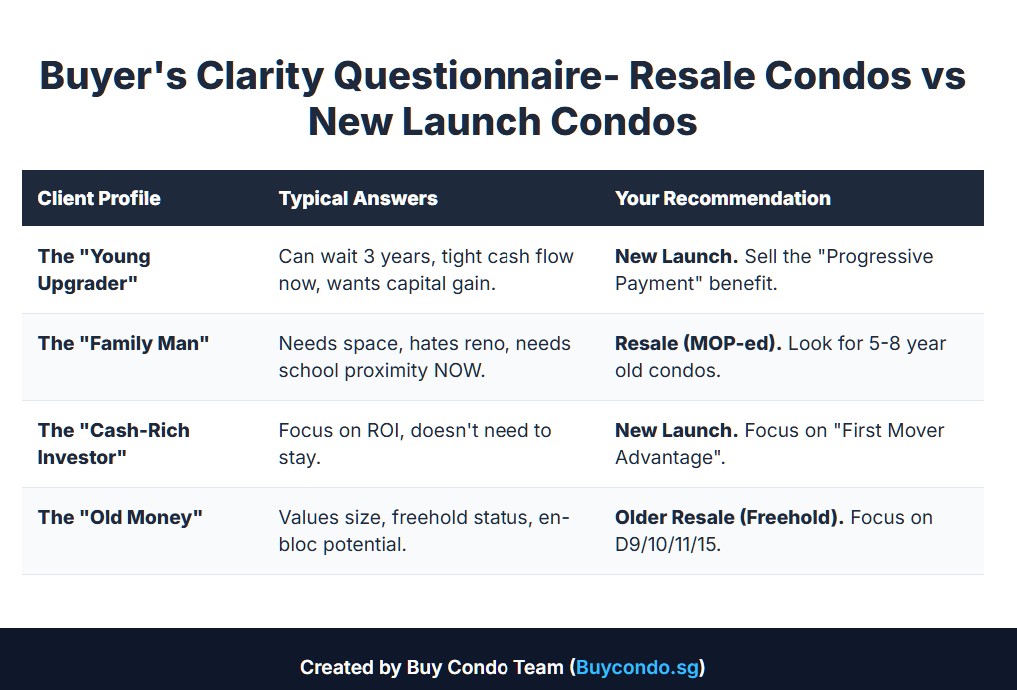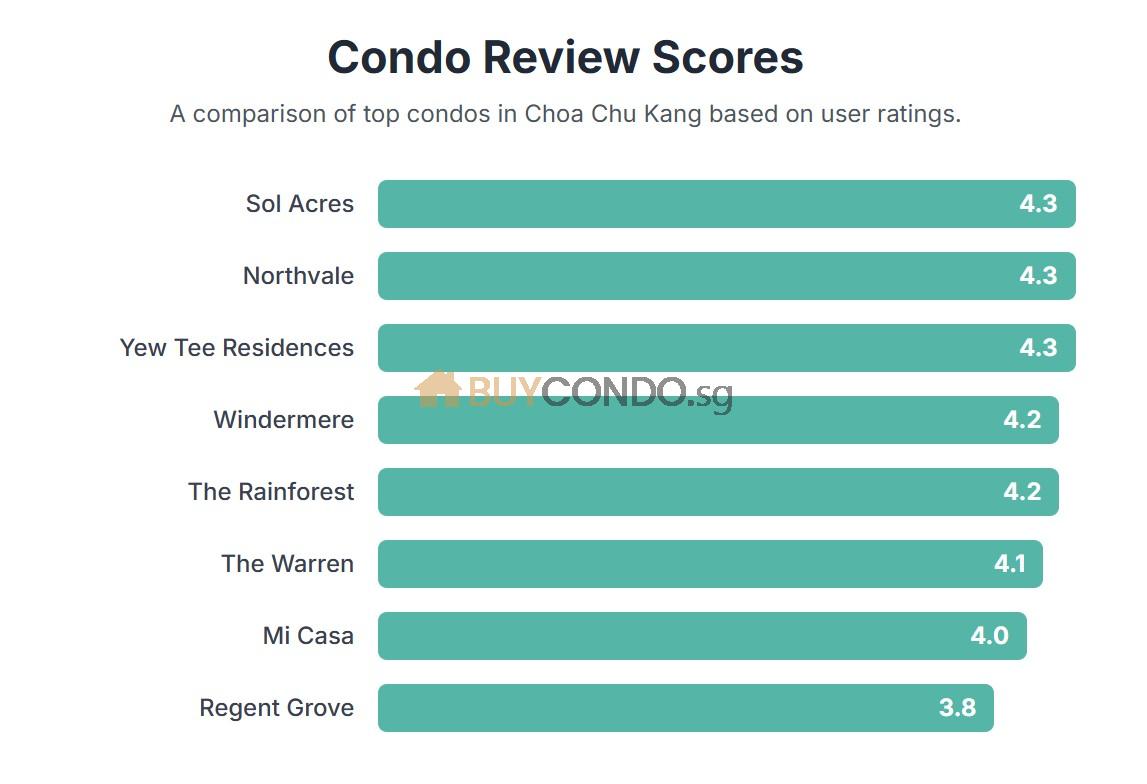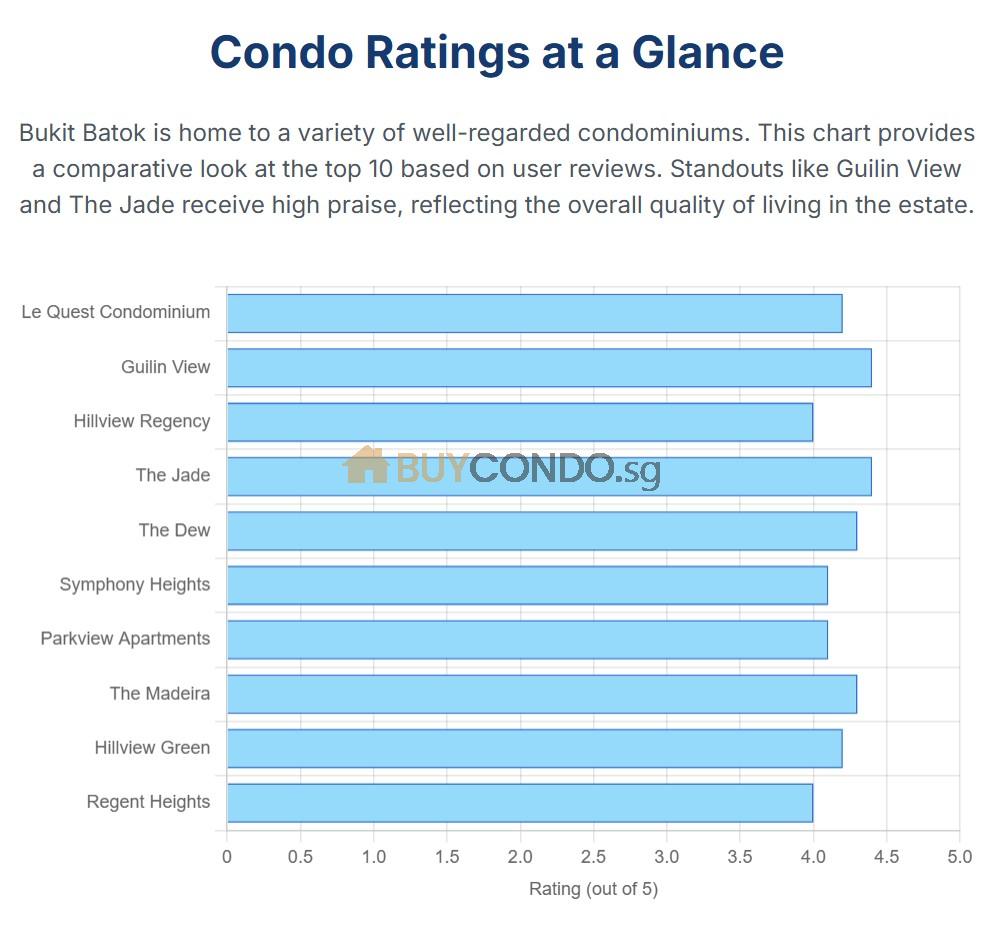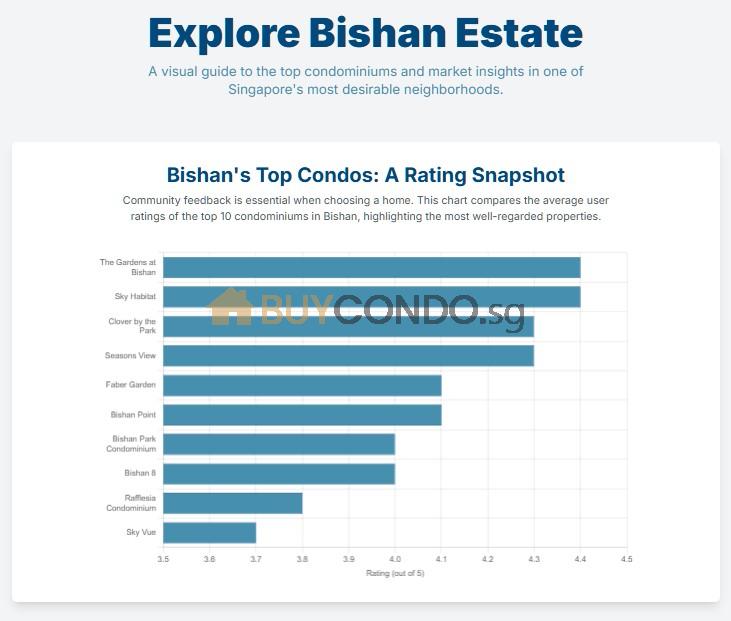Exploring the Future of Singapores Greater Southern Waterfront
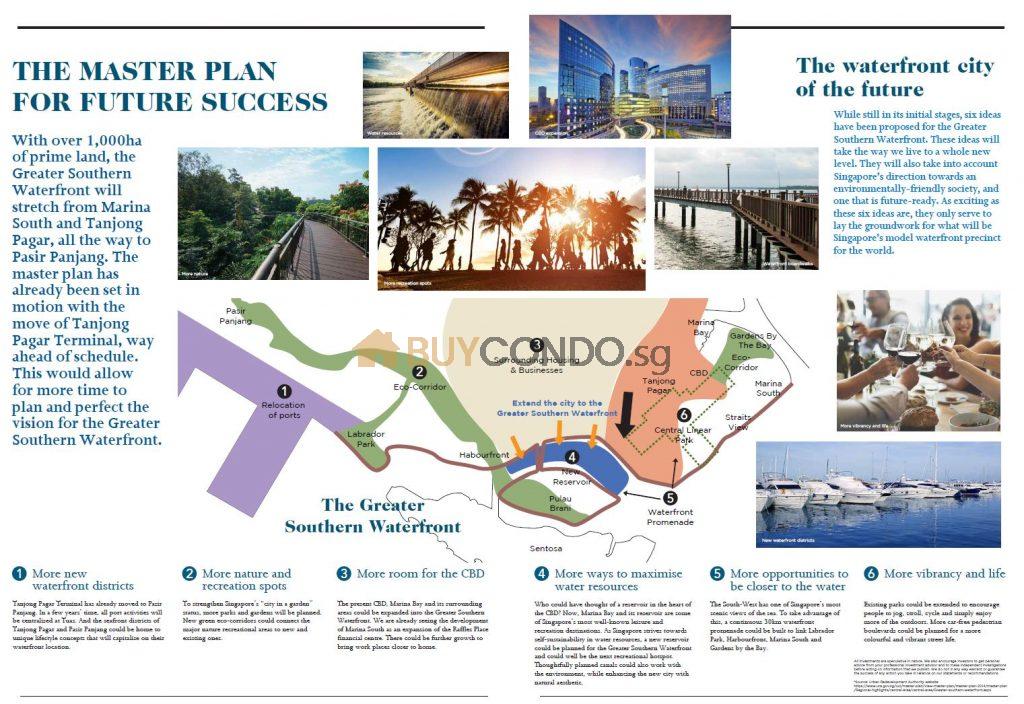
Overview of the Greater Southern Waterfront Project
The Greater Southern Waterfront is a significant planned development in Singapore, part of the Draft Master Plan 2019. This project embodies a vision of transformation for the southern coastline into a vibrant and sustainable waterfront district, spanning a vast area of 2,000 hectares. The breadth of this development is impressive, encompassing various districts and key areas such as Sentosa, Keppel, and Tanjong Pagar. The project aims to stitch together these districts, creating a seamless tapestry of urban spaces that perfectly mesh with the natural beauty of the waterfront.
The project is designed to be executed in stages, with the relocation of key port activities being an initial strategic move. This step will free up waterfront land and pave the way for an array of new developments, including housing, offices, and recreational areas. The relocation of port activities is not just about creating space. It is a strategic move aimed at shifting the economic activities of the area, creating new opportunities for growth, and fostering a more balanced and sustainable urban ecosystem.
The Greater Southern Waterfront project is an ambitious endeavor slated to unfold over the next 5 to 10 years, with full completion expected by 2040. This timeline, while extended, allows for the meticulous execution of each phase and ensures that every development is carefully integrated into the overall vision for the waterfront district. The extended timeline also allows for adjustments and adaptations as needed, ensuring that the development remains aligned with the evolving needs and aspirations of Singapore’s residents and businesses.
Key Milestones and Developments :Exploring the Future of Singapores Greater Southern Waterfront: An Overview and Timeline
The Greater Southern Waterfront project is characterized by several significant milestones and planned developments.The first major milestone will be the launch of the first Build-To-Order (BTO) project in the area within three years, offering around 6,000 HDB flats on the Keppel Club site. This BTO project will provide much-needed housing options for Singaporeans and contribute to the diversity of the residential landscape within the Greater Southern Waterfront.
In addition to public housing, the Keppel Club site will also host around 3,000 private housing units, creating a mix of public and private housing developments. This mix of housing types is a strategic move aimed at fostering a diverse and inclusive community within the Greater Southern Waterfront. The blend of public and private housing will cater to different income groups, ensuring that the benefits of living in this vibrant waterfront district are accessible to a broad spectrum of Singaporeans.
Several other transformative developments are also in the pipeline. These include the redevelopment of the former Pasir Panjang Power Station buildings into a mixed-use district and the conversion of Pulau Brani into a fun and recreational island with new attractions and recreational spaces.The development of the Pasir Panjang Power District, Keppel Club, and Mount Faber is also planned within the next five to 10 years. These transformative projects will add to the vibrancy and attractiveness of the Greater Southern Waterfront, making it a sought-after destination for both residents and tourists.
Planned Infrastructure and Amenities
The Greater Southern Waterfront will feature an array of infrastructure and amenities designed to enhance the quality of life for its residents and visitors. Among these features will be green spaces, parks, and nature trails, which will be incorporated into the urban landscape to enhance the environment and provide residents with access to nature. These green spaces, parks, and nature trails will not only add to the aesthetic appeal of the waterfront district but will also serve as communal spaces where residents can relax, socialize, and engage in recreational activities.
Enhanced public transportation is another key aspect of the infrastructure development for the Greater Southern Waterfront. New MRT stations will be built to improve accessibility, including connections to Labrador Park and Telok Blangah. These new MRT stations will make it easy for residents and visitors to travel around the Greater Southern Waterfront and connect to other parts of Singapore. The improvement in public transportation will also contribute to the sustainability of the waterfront district by promoting the use of public transportation and reducing reliance on private vehicles.
In addition to the development of residential and office spaces, recreational amenities such as Sentosa will undergo rejuvenation with new attractions and enhanced transport networks. Housing blocks will be thoughtfully designed with staggered building heights, skyrise greenery, and landscaped terraces, promoting a harmonious living environment. The development will integrate with existing transportation networks, improving connectivity and accessibility for residents and visitors. These amenities and infrastructural enhancements will collectively contribute to creating a vibrant, sustainable, and livable waterfront district that offers a high quality of life for its residents.
Potential Impact on the Surrounding Areas
The Greater Southern Waterfront project is expected to have a significant impact on the surrounding areas. One of the key anticipated shifts is in the property market, which may move further southwards towards the waterfront due to the development of the Greater Southern Waterfront. This shift could potentially lead to increased property values in the areas surrounding the Greater Southern Waterfront, benefitting homeowners and investors in these areas.
The integration of existing transportation networks will enhance connectivity for the surrounding areas, benefiting both residents and businesses. This improved connectivity will make it easier for residents in the surrounding areas to travel to and from the Greater Southern Waterfront, enhancing their access to the amenities and opportunities within the waterfront district. Businesses in the surrounding areas will also benefit from this improved connectivity, as it will make it easier for employees and customers to access their premises.
The relocation of key port activities will free up valuable waterfront land, potentially creating new opportunities for growth and development. This could lead to the emergence of new businesses and industries in the surrounding areas, stimulating economic growth and creating job opportunities. The ripple effects of the Greater Southern Waterfront project could thus extend far beyond the boundaries of the waterfront district, contributing to the overall growth and development of Singapore.
Future Plans and Projections
The future plans and projections for the Greater Southern Waterfront are both ambitious and exciting. The project aims to create a live-work-play environment, offering a sought-after location for urban living. The vision for the Greater Southern Waterfront is not just about creating a new district; it’s about creating a new way of life. A life where work, play, and living converge seamlessly in a vibrant and sustainable urban environment.
The Urban Redevelopment Authority’s (URA) Master Plan and Land Transport Master Plan have a significant focus on the Greater Southern Waterfront project, with planned improvements to transportation infrastructure and the enhancement of greenery and accessibility by linking the waterfront with parks and the Rail Corridor. These plans aim to create a waterfront district that is not only vibrant and attractive but also sustainable and well-connected. The transportation improvements will make it easy for residents and visitors to travel within the waterfront district and connect to other parts of Singapore, while the enhancement of greenery and the creation of pedestrian-friendly corridors will make it a pleasure to live and work in the Greater Southern Waterfront.
Ultimately, the Greater Southern Waterfront project aims to create a district that is more than just a place to live, work, and play. It aims to create a district that is a lifestyle destination, a place where residents can enjoy a high quality of life and visitors can experience the best of what Singapore has to offer.
Access and Connectivity
Access and connectivity are central to the design of the Greater Southern Waterfront.The development will be accessible by foot, bike, rail, and road, with five Circle Line MRT stations and future connectivity with the Woodlands area. This multi-modal approach to transportation will make it easy for residents and visitors to travel within the Greater Southern Waterfront and connect to other parts of Singapore. It will also promote a healthy and active lifestyle by encouraging walking and cycling as modes of transportation.
Entertainment options in the Greater Southern Waterfront will be varied and exciting, with access to the Cable Car Sky Network and attractions on Pulau Brani. These entertainment options will make the Greater Southern Waterfront a destination for fun and relaxation, attracting residents and tourists alike. The Cable Car Sky Network, with its breathtaking views of the waterfront and the city skyline, will be a major attraction, offering a unique and thrilling way to explore the waterfront district.
Residential amenities in the Greater Southern Waterfront will also be top-notch. Residents will have access to medical care at Alexandra Hospital and Singapore General Hospital, ensuring that healthcare needs are well catered for. In addition, the presence of local and international schools, such as Radin Mas Primary School and ISS International School, in the vicinity adds to the convenience for families residing in the Greater Southern Waterfront. These amenities will ensure that residents of the Greater Southern Waterfront have easy access to essential services, contributing to a high quality of life.
Amenities and Services
The Greater Southern Waterfront will offer a wide range of amenities and services to cater to the needs of its residents. These include parks, open land, and recreational spaces for leisure activities. These amenities will enhance the liveability of the Greater Southern Waterfront, providing residents with a wide range of options for recreation, relaxation, and socialization. The parks and open land will not only provide spaces for leisure activities but will also contribute to the aesthetic appeal of the waterfront district, creating a beautiful and pleasant environment for residents to enjoy.
In addition to parks and recreational spaces, the Greater Southern Waterfront will also offer a wide range of services to cater to the needs of its residents. These may include shopping malls, restaurants, cafes, fitness centers, and community facilities, among others. These services will cater to the lifestyle needs of residents, providing them with a wide range of options for shopping, dining, fitness, and community activities. The availability of these amenities and services within the Greater Southern Waterfront will contribute to the convenience and quality of life for its residents, making it a desirable place to live.
Challenges and Potential Risks
While the Greater Southern Waterfront presents exciting opportunities, it is essential for potential investors to consider the challenges and potential risks. The project is a large-scale development, and as such, it entails certain risks and uncertainties. Buyers should exercise caution when purchasing properties based on preliminary plans and consider the potential risks and uncertainties associated with a large-scale development. For example, the project timeline could be affected by various factors, including market conditions, regulatory changes, and unforeseen challenges in the implementation of the project.
One of the potential challenges associated with the Greater Southern Waterfront project is the mixture of private homes and public flats within the waterfront district. This mixed housing model could potentially lead to competition between private and public housing and could affect the views and privacy of residents. It could also have implications for the pricing and affordability of housing within the waterfront district.
It is also worth noting that previous waterfront living projects, such as the Jurong Lake District, have faced challenges in fully realizing their proposed plans. This highlights the importance of taking a pragmatic approach to investing in real estate, especially in large-scale development projects like the Greater Southern Waterfront. Potential investors should carefully consider these challenges and potential risks, and seek professional advice if necessary, when making investment decisions in the Greater Southern Waterfront.
Conclusion
The Greater Southern Waterfront project in Singapore is a significant development aimed at transforming the southern coastline into a vibrant and sustainable waterfront district. It represents a bold and ambitious vision for the future of Singapore’s urban landscape, combining residential, commercial, and recreational developments in a seamless and harmonious manner.
The project, with its planned housing developments, infrastructure, amenities, and improved accessibility, aims to create a live-work-play environment and enhance the overall quality of life in the area. It promises to offer a unique lifestyle experience, combining the convenience of urban living with the beauty and tranquility of waterfront living.
However, potential investors should consider the ongoing developments, future plans, and potential risks when making real estate investment decisions in the Greater Southern Waterfront. The project, while promising, is a long-term development and will unfold over several years. It is therefore essential for investors to take a long-term view and consider the potential risks and uncertainties that may arise over the project’s development timeline.
In conclusion, the Greater Southern Waterfront project represents an exciting opportunity to shape Singapore’s urban future. It promises to transform the southern coastline into a vibrant and sustainable waterfront district, offering a unique blend of urban living and waterfront leisure. With its strategic location, diverse offerings, and strong potential for growth.







